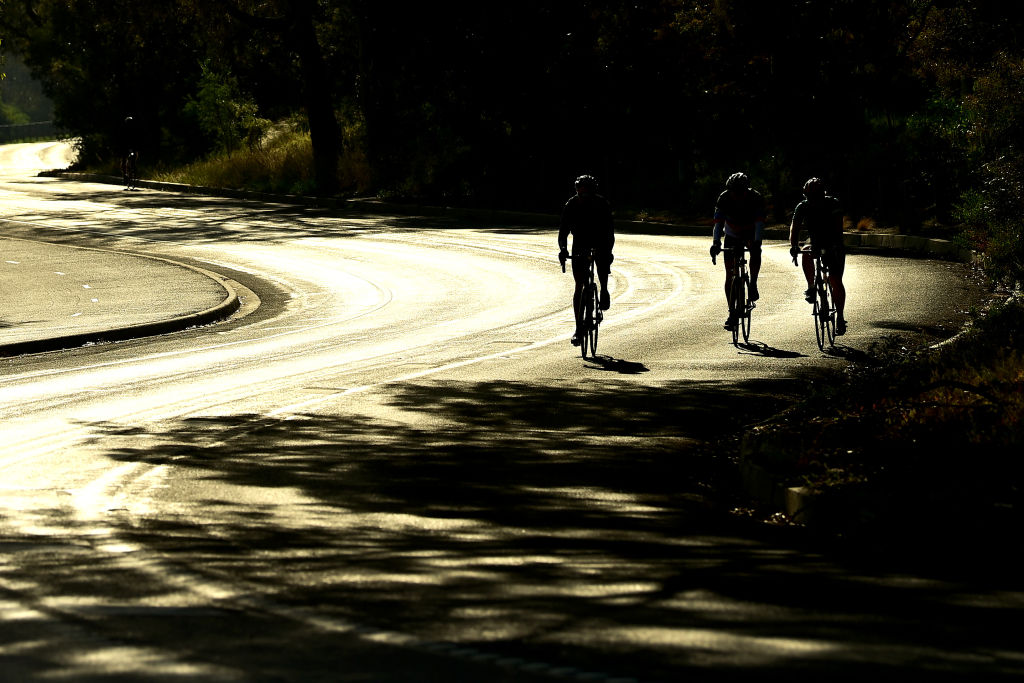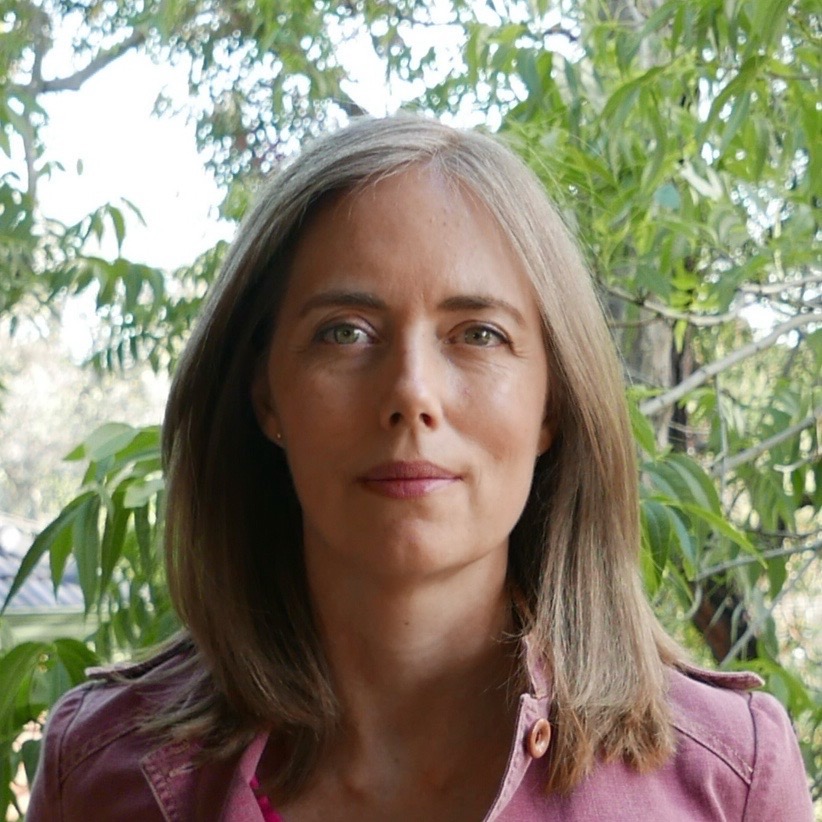Cycling contribution to Australian economy put at A$16.8 billion as bike sales ramp-up
Australians bought 1.7 million bikes in 2020 with one in three adults spending money on the sport

It’s been clear that bikes are hard to come by from the quickest of glances into the retail outlets across Australia and it’s not just down to COVID-19 pandemic induced supply shortages. A report from WeRide point to an increase in bike sales of 46 per cent, making it the biggest driver of the nation’s cycling economy during 2020.
The EY report, commissioned by the industry-backed advocacy group, found the total direct output from cycling was $6.3 billion Australian dollars (£3.41 billion) in 2020 – with bicycle purchases accounting for A$1.57 billion – and the total economic impact climbed to A$16.8 billion when indirect output was also added in.
“The WeRide Australia EY report confirms what we instinctively know, which is that the cycling industry is a major driver of economic activity and employment across Australia,” said the nation's treasurer Josh Frydenberg as he launched the report in the halls of Parliament House.
“It’s not just an important recreational activity but it is also very important in terms of helping people get to and from work and the numbers in this report are indeed very impressive – more than A$6.3 billion in direct industry output, more than A$3.4 billion in direct value add and more than 34,000 direct jobs being driven by the cycling industry.”
The first Australian Cycling Economy report covered the year of 2020.
It was a year in which the COVID-19 pandemic severely restricted both international and domestic travel, saw some parts of the nation shift into lockdown – with the longest in Melbourne extending beyond 100 days – and led to a severe curtailment of events due to gathering restrictions of varying levels across the nation.
This undoubtedly had an impact on bicycle related tourism and services, which still came in as the second biggest direct output at A$1.2 billion. On the other hand, lockdowns filled bike paths as people strived to get out of their house, with exercise being one of the few allowable reasons to leave. Money that may have otherwise have been spent on travel appears to have been invested in sporting equipment that could be used close to home.
Get The Leadout Newsletter
The latest race content, interviews, features, reviews and expert buying guides, direct to your inbox!
There was a big jump in bike sales to 1.7 million in 2020 with children's bikes the biggest purchase category, closely followed by road and mountain bikes. Additionally, the report found that close to one in three adults in Australia spent money on cycling last year.
“The key thing behind every dollar spent on a bike is that there is a person engaging with our sport which is really important for us,” AusCycling CEO Marne Fechner said.
“They could be buying a BMX bike for their kids, they could be booking an eco-tourism holiday on a mountain bike or just getting their fifth road bike, so the number of Australians touched by cycling is huge. This report demonstrates that, and the benefits that provides, not only for the economy but to our physical and mental health, is equally as big.”
Even though the sport is sometimes characterised as a bastion of middle-aged men in lycra, the report also found that 47 per cent of those spending money on cycling identified as female.
Of the 4.62 million Australians riding a bike in a typical week and 10.19 million riding in the last year, the report found that the majority were recreational road cyclists, at 69 per cent.

Simone is a degree-qualified journalist that has accumulated decades of wide-ranging experience while working across a variety of leading media organisations. She joined Cyclingnews as a Production Editor at the start of the 2021 season and has now moved into the role of Australia Editor. Previously she worked as a freelance writer, Australian Editor at Ella CyclingTips and as a correspondent for Reuters and Bloomberg. Cycling was initially purely a leisure pursuit for Simone, who started out as a business journalist, but in 2015 her career focus also shifted to the sport.